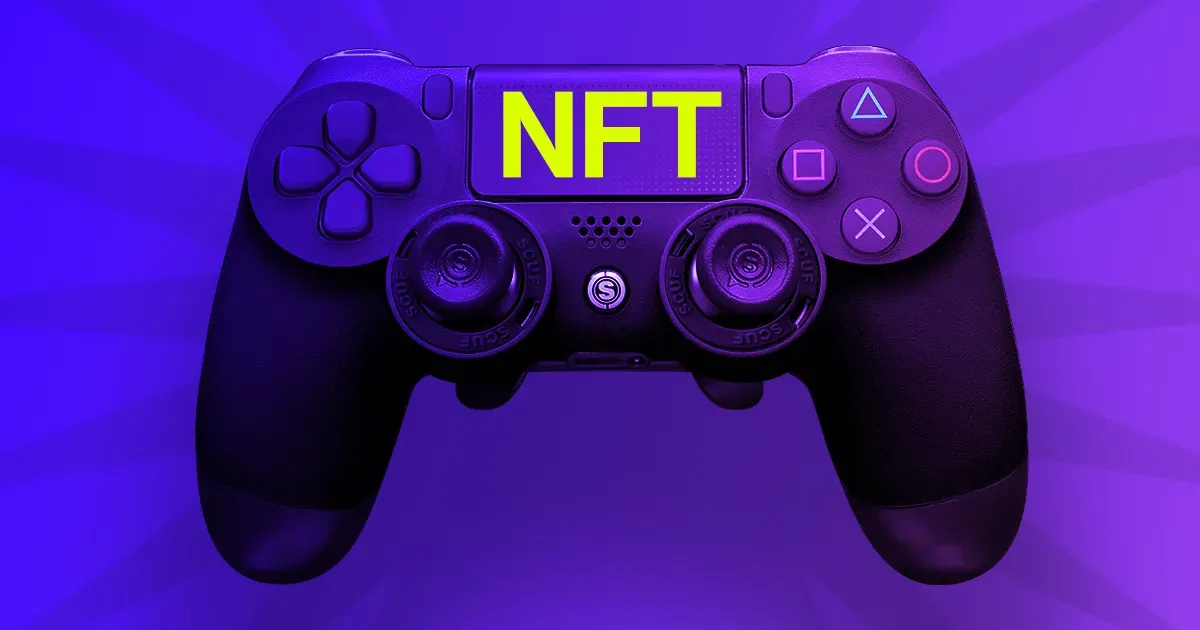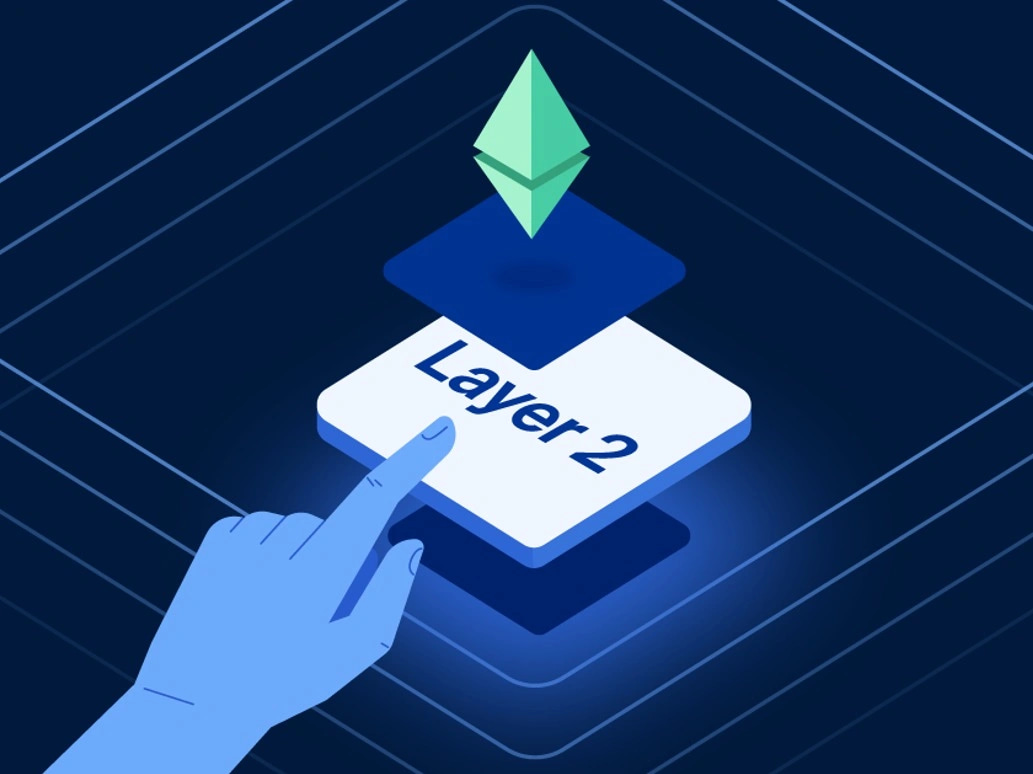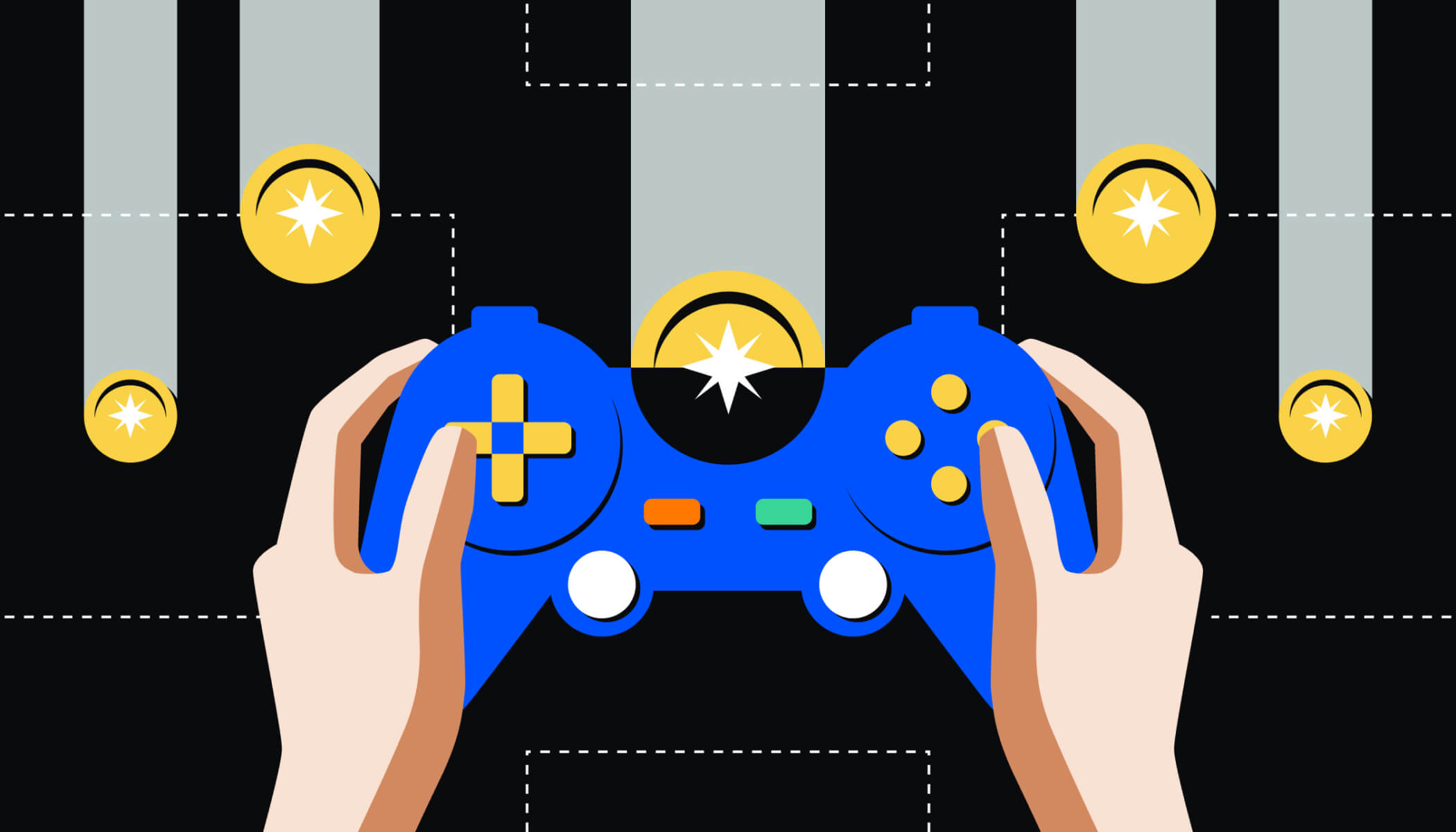Key Takeaways
- NFT gaming assets can be traded on blockchain marketplaces, allowing players to monetize in-game items.
- Understanding wallets, marketplaces, and token standards is crucial for secure NFT transactions.
- Market timing, rarity, and utility influence the value of NFT gaming assets.
Step-by-Step: How to Trade NFT Gaming Assets
NFT gaming has opened up new avenues for players to earn real-world value from in-game items. From rare skins to unique characters and virtual land, NFT gaming assets are tradeable digital assets on blockchain networks. Successfully trading these assets requires understanding the technical and economic fundamentals of the NFT ecosystem.
Step 1: Set Up a Crypto Wallet
The first step in trading NFT gaming assets is creating a cryptocurrency wallet compatible with the blockchain your game uses, such as Ethereum, Solana, or Polygon. Popular wallets include MetaMask, Phantom, and Trust Wallet. Your wallet stores NFTs securely and enables transactions on blockchain marketplaces. Always back up your wallet’s seed phrase safely, as losing it means losing access to your assets.
Step 2: Acquire the Game’s Native Tokens
Most NFT games require their native token for transactions. For example, Axie Infinity uses AXS and SLP, while others may rely on Ethereum or Solana. Purchase the required tokens through a crypto exchange and transfer them to your wallet. These tokens act as the currency for buying, selling, or auctioning NFT assets in the game’s marketplace.
Step 3: Connect to an NFT Marketplace
Once your wallet is funded, connect it to an NFT marketplace that supports your game. Examples include OpenSea, Magic Eden, or game-specific marketplaces. Make sure to verify the authenticity of listings to avoid scams. Only trade NFTs from verified collections to protect your investment.
Step 4: List Your NFT or Make a Purchase
If selling, select the NFT from your wallet and list it on the marketplace. You can choose a fixed price or auction format, depending on your strategy. When buying, evaluate the rarity, utility, and historical price trends of the asset. These factors affect resale value and long-term utility within the game.
Step 5: Confirm Transactions and Manage Gas Fees
NFT trades require blockchain confirmations, which may include gas fees—transaction costs paid to the network. Fees vary depending on the blockchain and network congestion. Confirm all details before finalizing a transaction. Once completed, your wallet will reflect the updated NFT ownership.
Step 6: Monitor Market Trends
The value of NFT gaming assets is influenced by in-game updates, popularity, and tokenomics. Keep track of trends, marketplace activity, and community sentiment to make informed trading decisions. Timing your sale or purchase strategically can significantly impact profitability.
Step 7: Safeguard Your Assets
Security is paramount. Use hardware wallets for large holdings, enable two-factor authentication, and avoid sharing private keys. Scams and phishing attacks are common in the NFT space, so vigilance is essential for protecting your investments.
Conclusion
Trading NFT gaming assets combines the thrill of gaming with the potential for real-world profits. By understanding wallets, tokens, marketplaces, and asset value, players can strategically buy and sell NFTs while minimizing risks. Mastering these steps empowers gamers to turn virtual items into tangible economic opportunities in the growing blockchain gaming ecosystem.
Disclaimer: The information in this article is for general purposes only and does not constitute financial advice. The author’s views are personal and may not reflect the views of GameDegen.com. Before making any investment decisions, you should always conduct your own research. GameDegen.com is not responsible for any financial losses.



